
 |
|||||||||
|
Conference
October 13 - 14 October, 2007 Frank Lloyd Wright and the organic architecture of today Guests: Eric Lloyd Wright (Malibu, California), Arthur Dyson (Fresno, California) Fred Stitt (San Francisco) Brian Spencer (California) Aldo Loris Rossi (Napoli) Mario Galvagni (Milano) Centro Studi Santa Maria Maddalena - Volterra |
|
|
Art
Exhibition
|
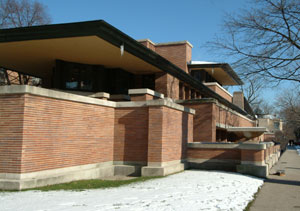 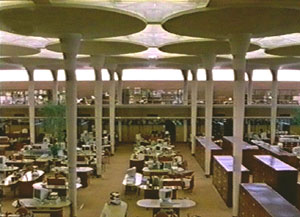 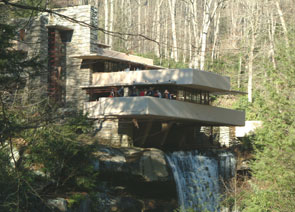 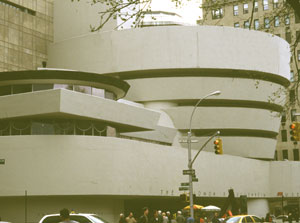 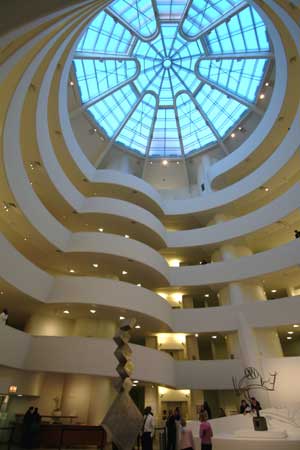 |
|
Frank
Lloyd Wright is one of the great visionaries of the twentieth century
whose influence will continue to be relevant throughout the 21st century.
His innovative buildings, unconventional ideas and philosophy of "Organic Architecture" helped introduce the principles of modern architecture to the world. |
Frank
Lloyd Wright`s explorations inspired by nature are humane, environmental,
and democratic.
This framework for life is timeless and becomes increasingly relevant as we move towards the goal of global sustainability. |
|
|
FRANK LLOYD WRIGHT |
|
The
year 2007 marks the 140th anniversary of American architect Frank
Lloyd Wright's birth (1867 - 1959). |
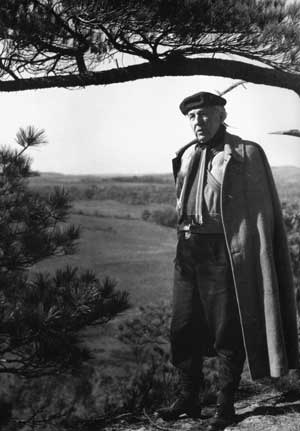 |
extra-ordinary technological and social change bracketed in the 19th
century by the end of the American Civil War and in the 20th by the
beginning of the space age. Where others hesitated, he embraced the opportunities provided by the scientific advances of his age to create a new architectural vision, one that recognized and honestly exploited the true nature of the new materials - steel, concrete, glass, and composite materials - both structurally and aesthetically. |
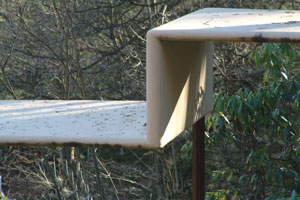 |
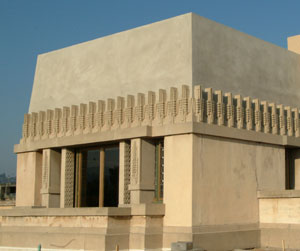 |
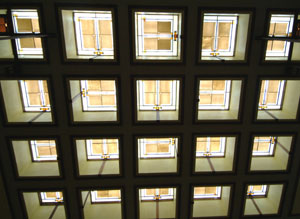 |
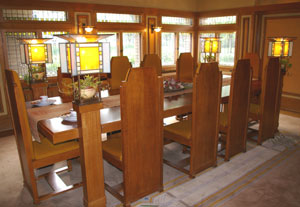 |
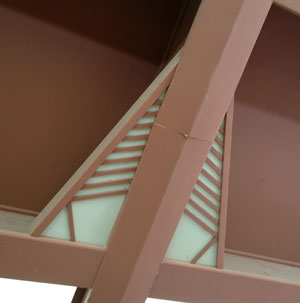 |
|
Wright
also believed architecture had a spiritual dimension and he sought
to create environments characterized by beauty, tranquility, and harmony
that would nourish the lives of those sheltered within. He called
his architecture "organic" and described it as that "great living
creative spirit which from generation to generation, from age to age,
proceeds, persists, creates, according to the nature of man and his
circumstances as they both change." Wright believed that Nature, which
he spelled with a capital 'N,' was all of the body of God that man
|
would ever see andhe treated it with a deep respect that is clearly reflected in all his works.Among the works included in the exhibition, one sees it especially in his own homes, Taliesin and Taliesin West, which seem to grow from their sites as if they were idealized patterns of their landscapes.And Fallingwater, perhaps the most famous house in the world, a sublime modern structure of glass and limestone, rises in elegant seclusion above a waterfall in rural Pennsylvania, blending perfectly with its natural surroundings. |
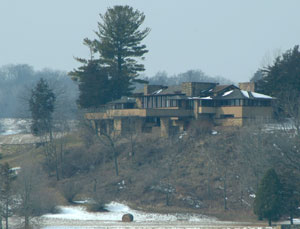 |
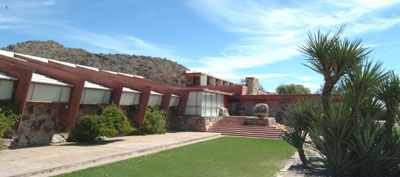 |
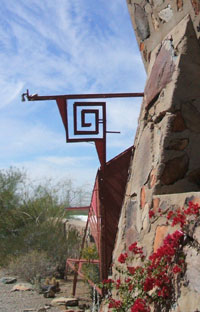 |
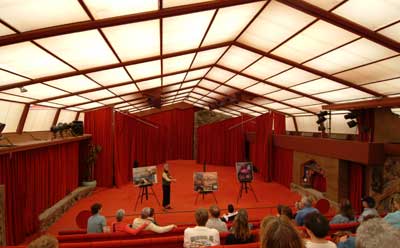 |
|
Other
Wright icons included in the exhibition are the modest Usonian Jacobs
house in Madison, Wisconsin - a example of low cost buildings, the
streamlined and light-flooded S. C. Johnson and Son Administration
Building and Research Tower in Racine, Wisconsin - a forward-looking
model for humane work places, the Price Tower in Bartlesville, Oklahoma,
and the spiraling Guggenheim Museum in New York City.
Frank Lloyd Wright was the greatest of the architectural pioneers of the twentieth century, |
blazing trails and challenging men and technology to ever higher achievement.During the seventy years he devoted his life to architecture, he created over 1,100 designs nearly half of which were realized. These included government and commercial buildings, hotels, apartment towers, recreational complexes, museums, religious houses, residences for the wealthy and those of more modest income, decorative pieces, furniture and lighting features, textiles, and art glass. |
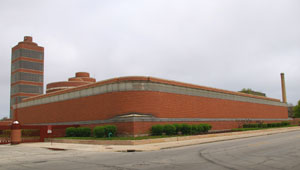 |
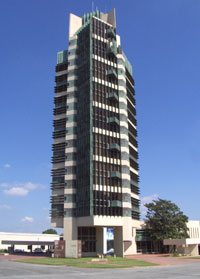 |
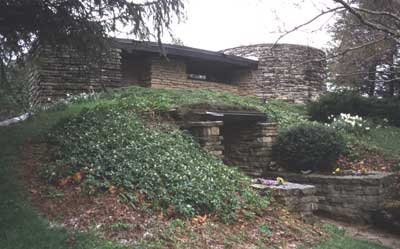 |
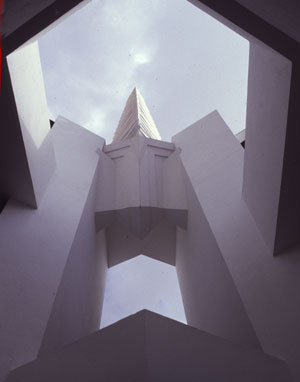 |
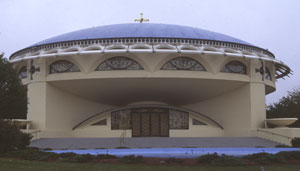 |
|
Wright's
mission was to create a truly American architecture, one appropriate
for free citizens that would reflect the democratic values of the United
States in which he so firmly believed. But his genius was not confined
to America.
The "cause of architecture" he espoused had international appeal |
and both he and his work have been widely celebrated. |
|
|